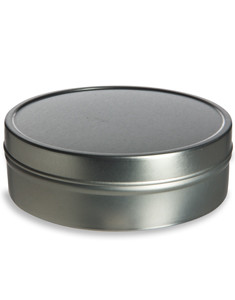Dragging up old threads is always acceptable, unless of course you ask a question that's already answered in it 100 times.
This time, no, never heard that question before!
I have never tried egg yolk, not sure why I would want to really. It would take some pretty good tempering (with the CO I would imagine) but sure, why not. Try it and let us know! You should also try it without so you know what you are changing. That's just MHO though,
Thank you! I guess one of the nice things about this recipe is you can make a bunch of small batches and almost instantly compare them all.
I will definitely report back - and I agree, keeping it simple to start is a good idea. I just picked up my stearic acid and KOH so I'll be doing some playing this weekend!




















































